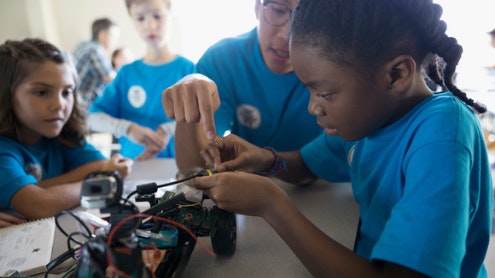Homepage
•
Learning Library
•
Blog
•
Engage Learners With Coding and Robotics
Expand breadcrumbs
Expand breadcrumbs
- Learning Library
- Blog
- Engage Learners With Coding and Robotics
- Homepage
- •
- Learning Library
- •
- Blog
- •
- Engage Learners With Coding and Robotics
Engage Learners With Coding and Robotics
By Lynne Schrum and Sandi Sumerfield
October 31, 2020








